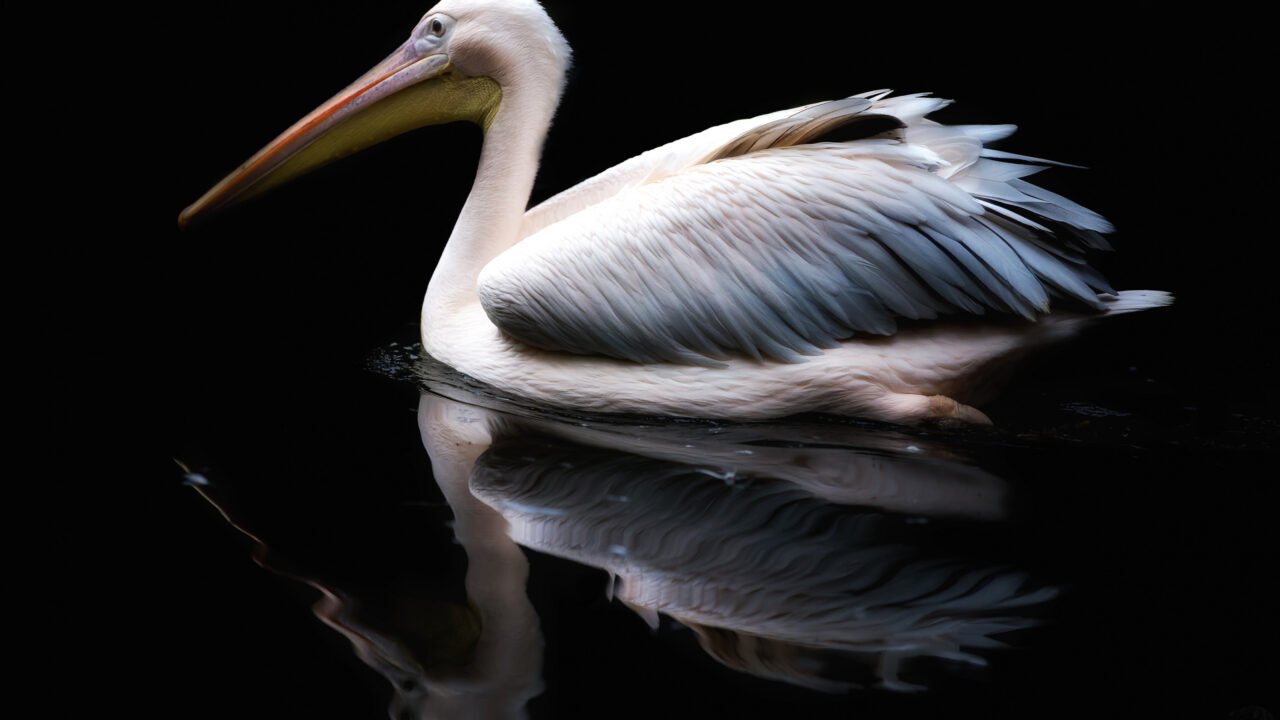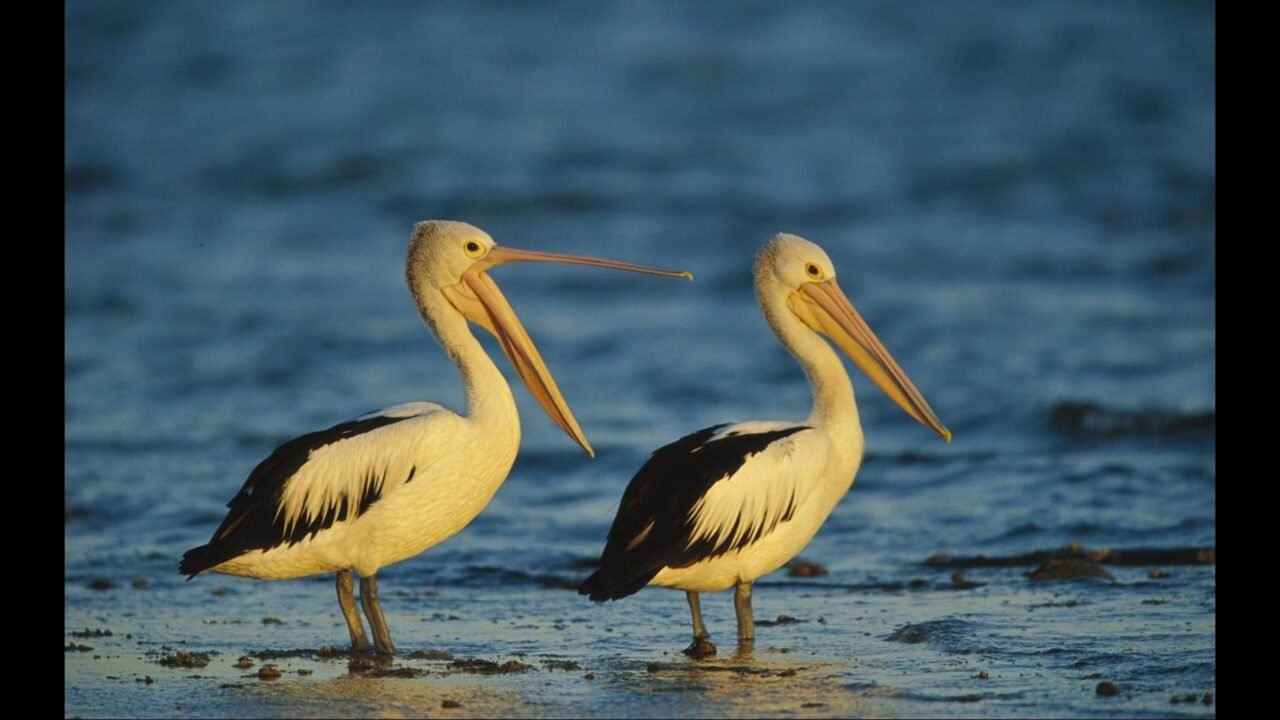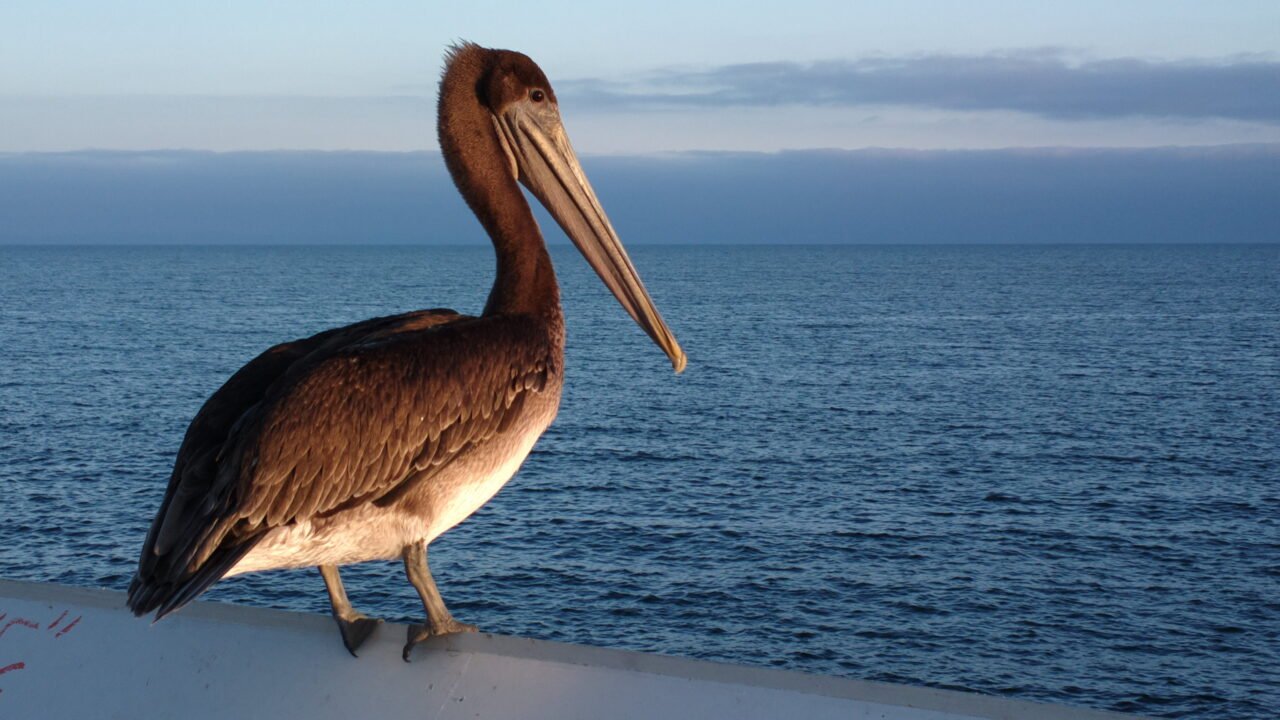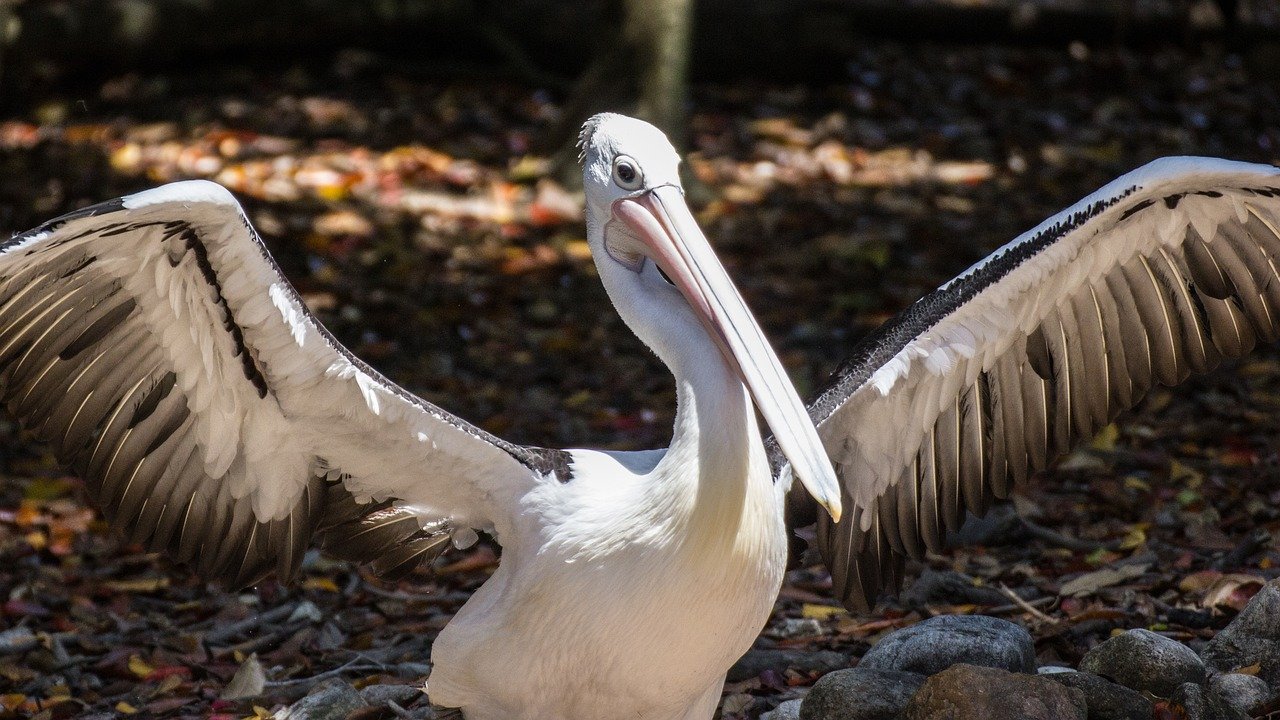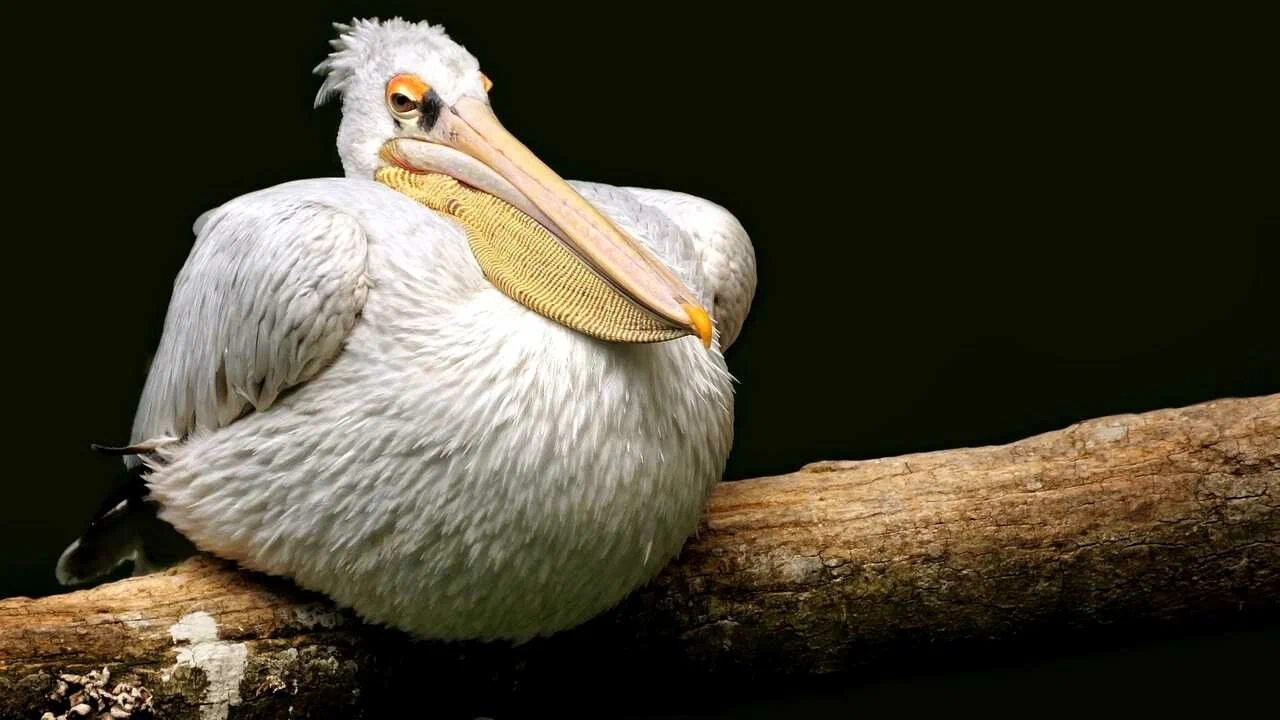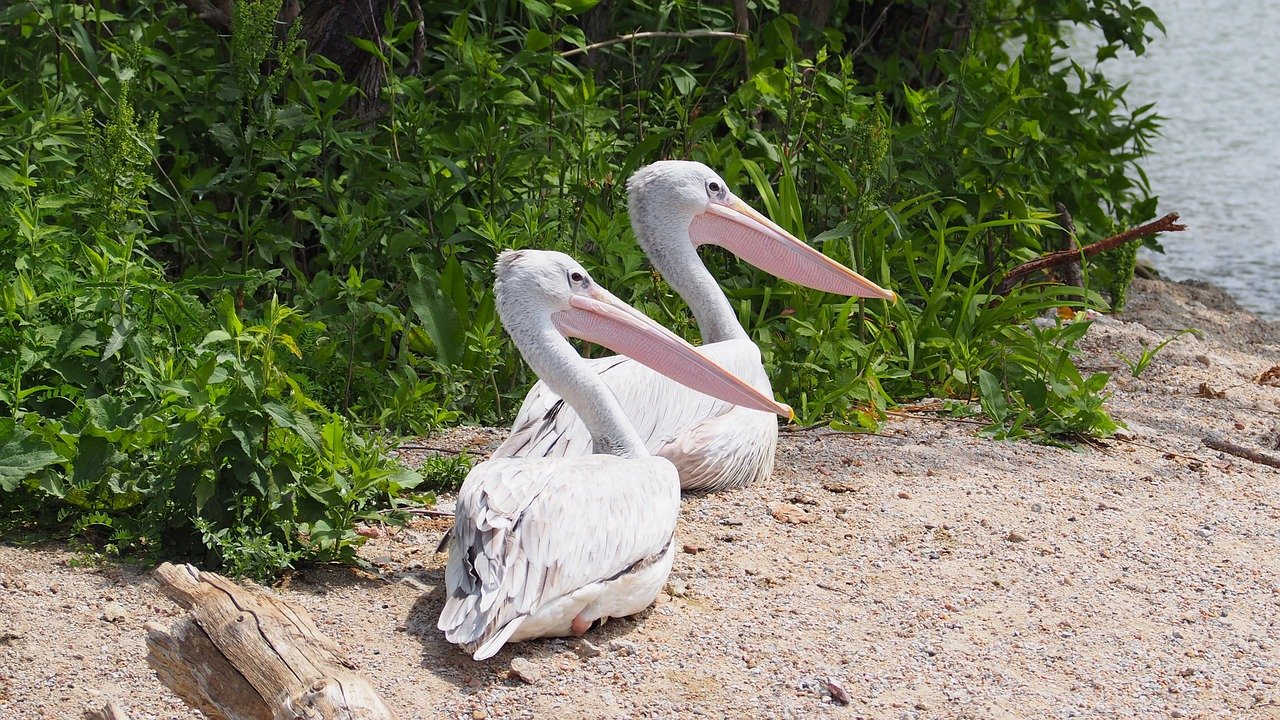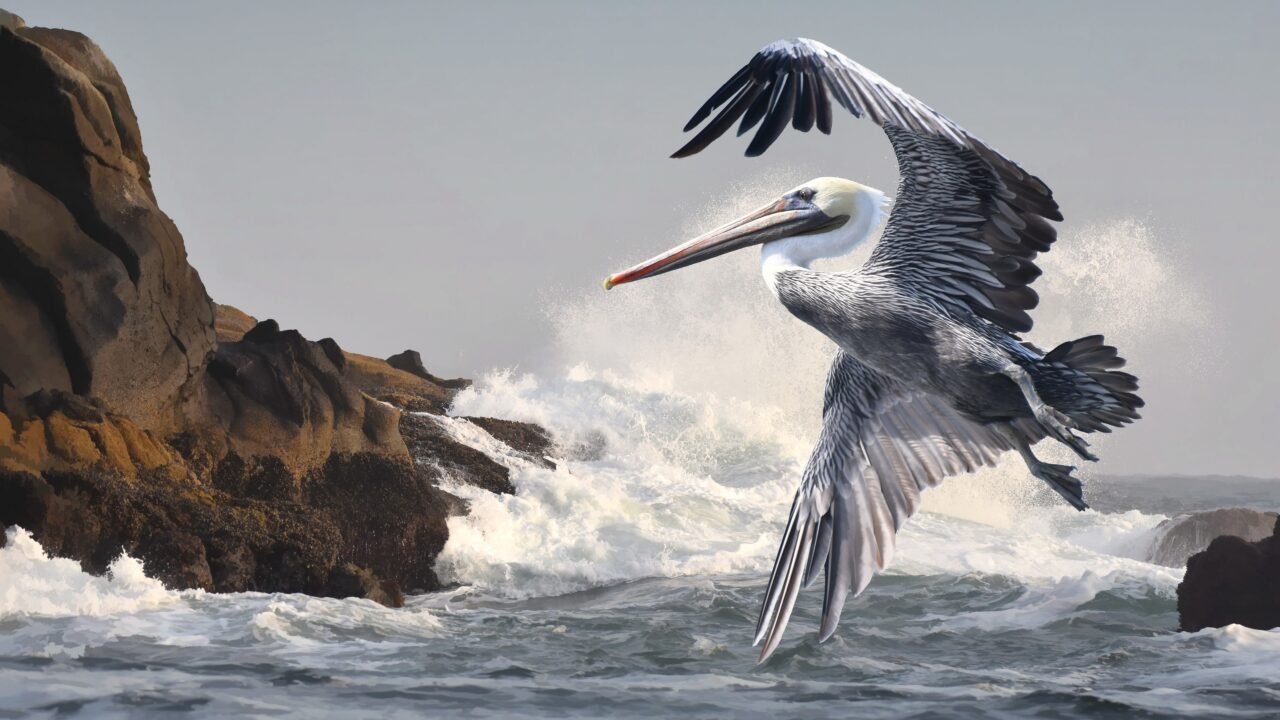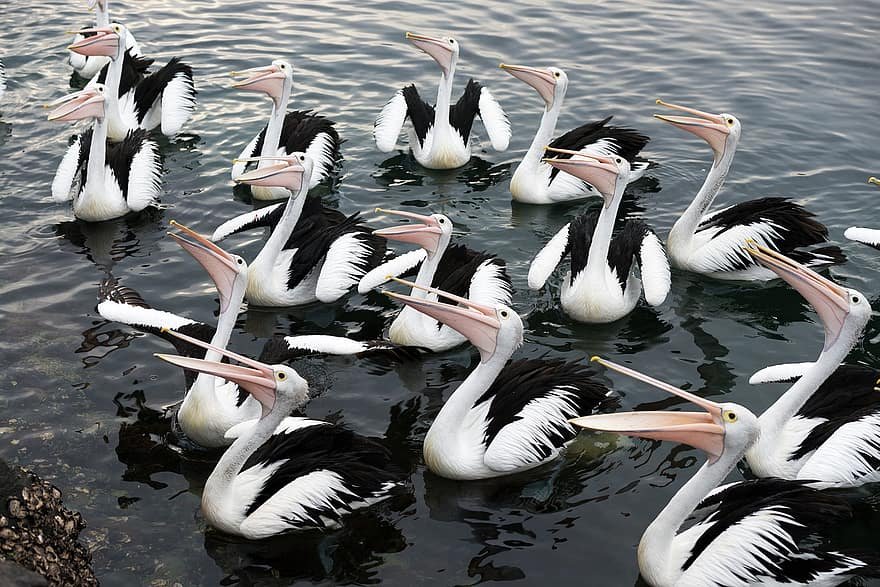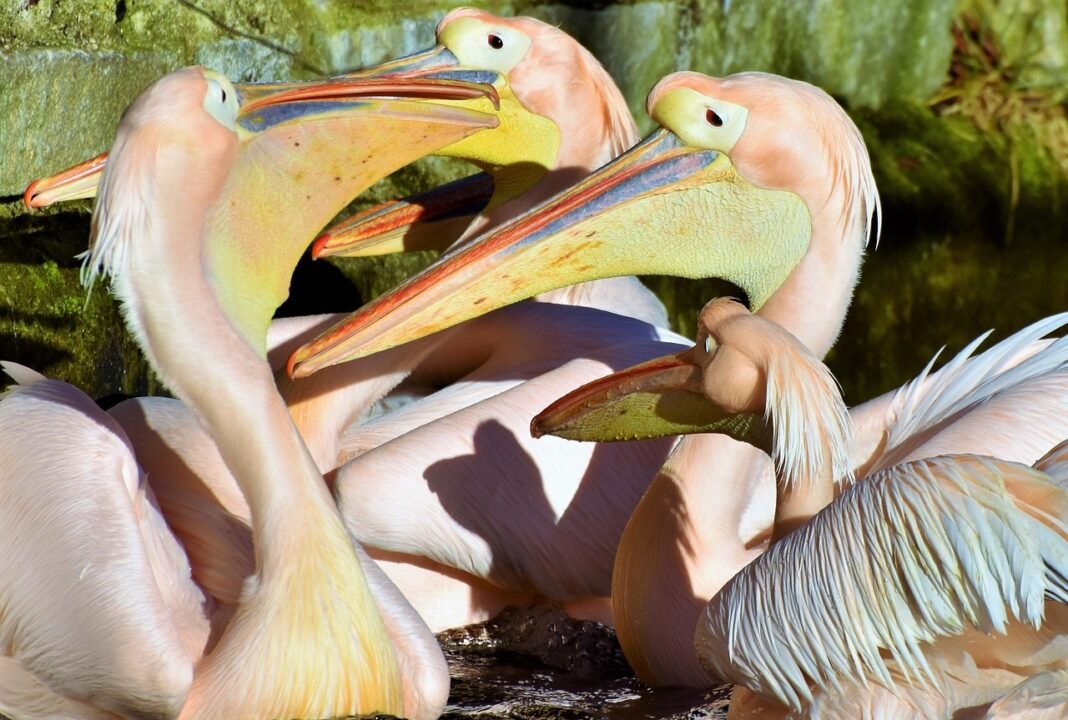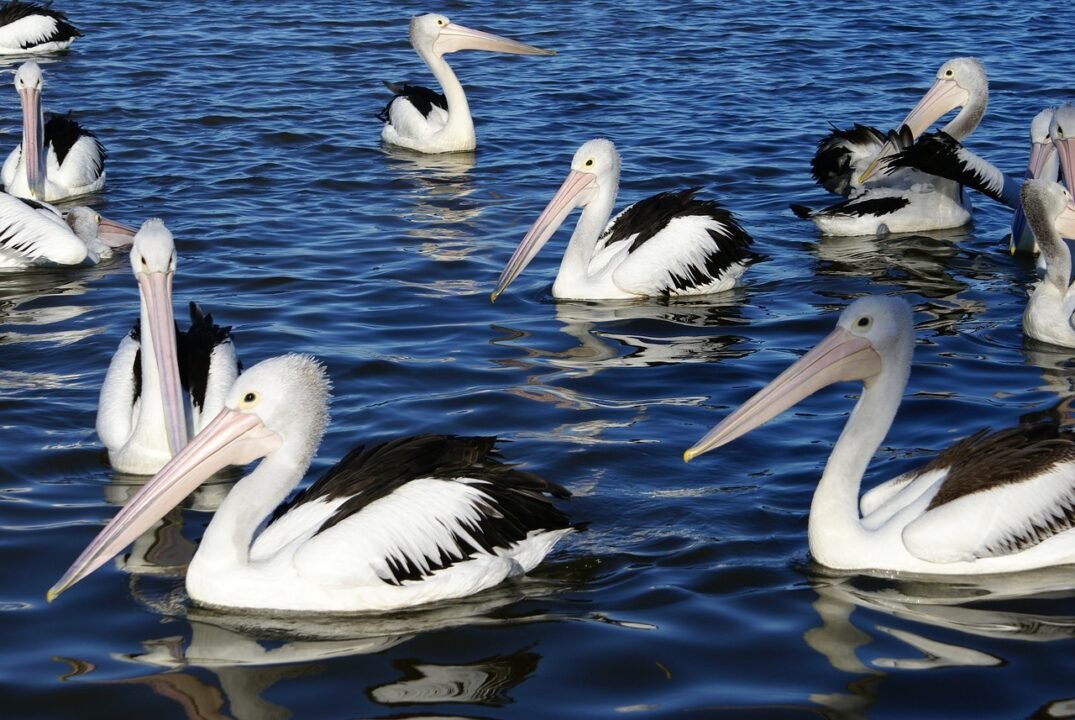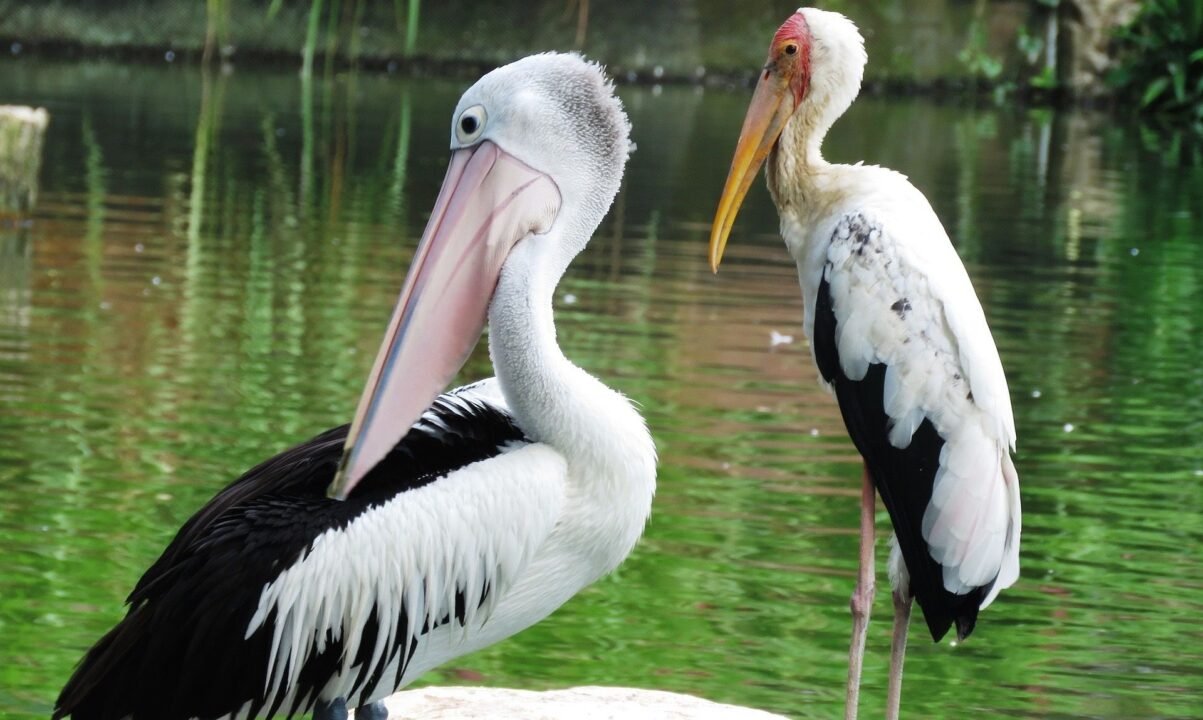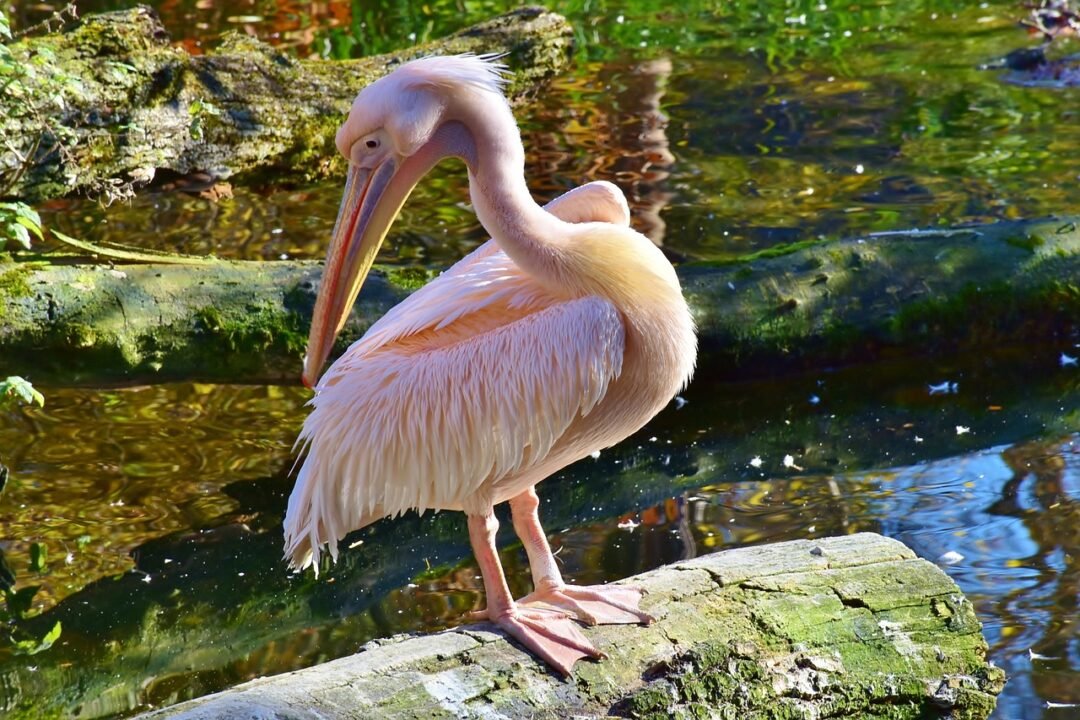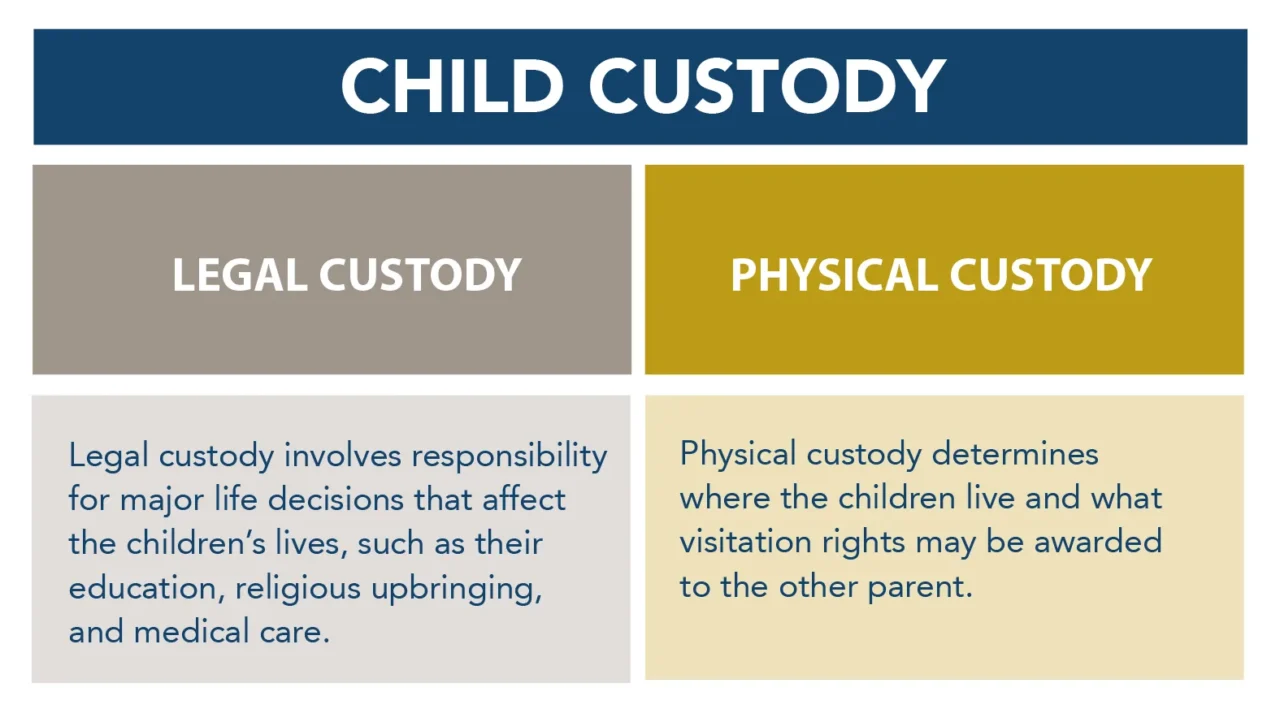Blog
Dalmatian Pelican: A Majestic Giant
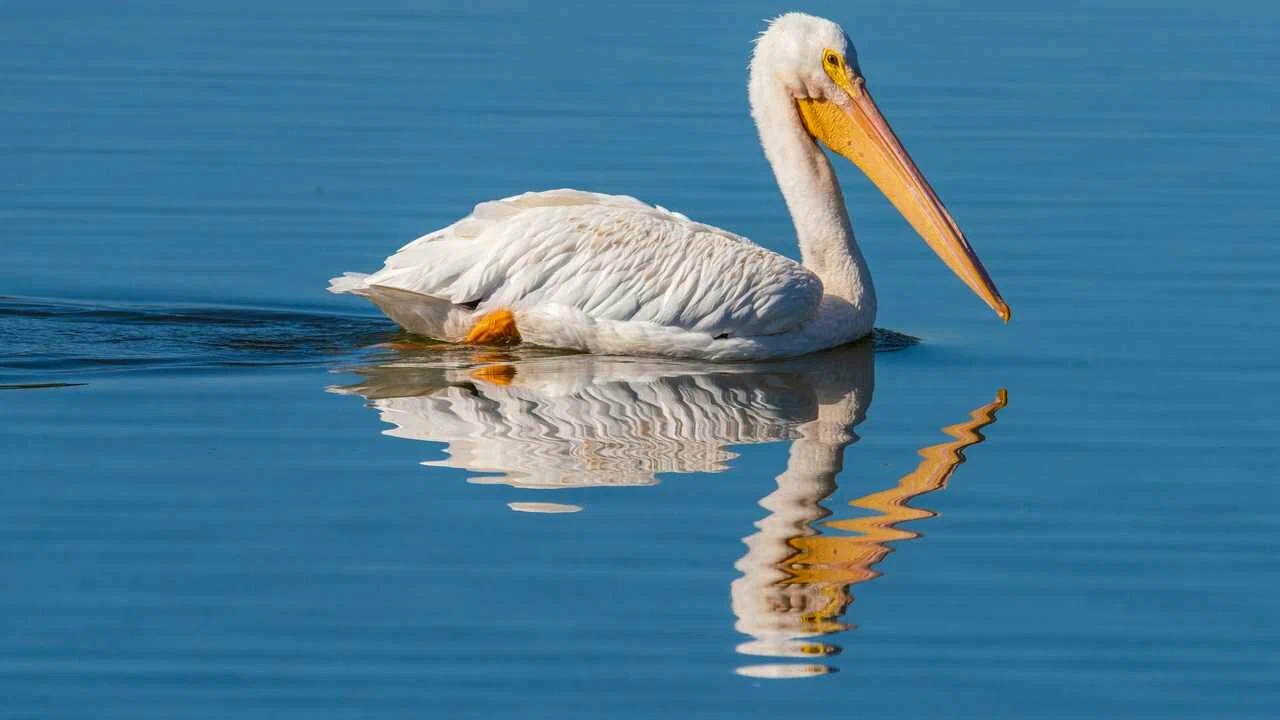
Dalmatian Pelican: The Majestic Giant of Wetlands
The Dalmatian Pelican (Pelecanus crispus) is one of the largest freshwater birds in the world, celebrated for its distinctive appearance and ecological importance. This magnificent bird, known for its striking plumage and graceful flight, inhabits wetlands across Europe, Asia, and parts of the Middle East. Below, we delve into the Dalmatian Pelican’s characteristics, history, conservation, and more.
Physical Characteristics
- Size:
- Length: 160–183 cm (5.2–6.0 ft)
- Wingspan: 245–351 cm (8.0–11.5 ft), among the widest of any bird species.
- Weight: 10–15 kg (22–33 lbs), making it one of the heaviest flying birds.
- Appearance:
- Silvery-white plumage with curly feathers on the head and neck.
- Orange or red throat pouch during the breeding season, pale yellow in non-breeding periods.
- Black-tipped flight feathers.
Habitat and Distribution
Dalmatian Pelicans inhabit shallow freshwater lakes, rivers, deltas, and marshes. Their range includes:
- Europe: Greece, Bulgaria, Romania, Montenegro.
- Asia: Russia, Kazakhstan, Mongolia, India.
- Middle East: Iran, Turkey.
Behavior and Diet
- Social Behavior:
- Mostly found in small groups but can form larger colonies during breeding.
- Prefers remote, undisturbed wetlands.
- Diet:
- Primarily fish (carp, catfish, eels).
- Consumes up to 1.2 kg of fish daily.
- Breeding:
- Monogamous, with elaborate courtship displays.
- Builds nests from reeds and vegetation in shallow water.
Historical Context
The Dalmatian Pelican has been a symbol of wetlands since ancient times. In Greek mythology, pelicans were associated with the god Hermes, symbolizing communication and guidance. Their presence in wetlands has also been an indicator of ecosystem health throughout history.
Historical Population Trends
| Time Period | Estimated Population | Key Events |
|---|---|---|
| 1900s | 50,000 – 100,000 | Habitat destruction due to industrialization. |
| 1950s | 20,000 – 30,000 | Wetlands drained for agriculture. |
| 1980s | ~10,000 | Conservation awareness begins to grow. |
| 2000s | ~15,000 – 20,000 | International protection measures implemented. |
| Present (2024) | ~20,000 – 25,000 | Active conservation and rewilding efforts. |
Conservation Status
The Dalmatian Pelican is classified as “Near Threatened” by the IUCN Red List. Despite recent population recoveries, threats persist:
- Habitat Loss: Draining of wetlands for agriculture and urbanization.
- Fishing Practices: Competition with fishermen and accidental entanglement in nets.
- Climate Change: Alterations in water levels and fish availability.
Conservation Efforts
- Protected Wetlands: Ramsar sites across Europe and Asia.
- Reintroduction Programs: In regions like the Prespa Lakes (Greece).
- Community Involvement: Collaborations with local fishermen to protect nesting areas.
Cultural Significance
The Dalmatian Pelican holds cultural importance in many regions:
- Bulgaria: Featured in folklore as a symbol of abundance.
- Greece: Represented in ancient art and literature.
- India: Revered as a sign of resilience in harsh wetland environments.
Interesting Facts
- The Dalmatian Pelican is the heaviest bird capable of flight.
- They are efficient swimmers, using their webbed feet to navigate.
- Their throat pouch can hold up to 3 gallons of water.
References and Resources
- Books:
- “Pelicans of the World” by Paul A. Johnsgard.
- “Wetland Birds: Habitat Resources and Conservation Implications” by Milton W. Weller.
- Web Resources:
- International Union for Conservation of Nature (IUCN): iucnredlist.org
- Ramsar Convention on Wetlands: ramsar.org
- Journals:
- “Conservation Biology” (Dalmatian Pelican Case Studies).
- “Wetlands Ecology and Management.”
- Organizations:
- BirdLife International.
- WWF (World Wildlife Fund).
- The Pelican Specialist Group.
Top Unique Qualities of the Dalmatian Pelican
The Dalmatian Pelican (Pelecanus crispus) is a remarkable bird with distinctive characteristics that set it apart from other species of pelicans. These qualities not only contribute to its beauty and adaptability but also its importance in wetland ecosystems. Below are the top unique qualities of the Dalmatian Pelican, supported by research references.
1. Large Size and Impressive Wingspan
The Dalmatian Pelican is one of the largest freshwater birds, with an enormous wingspan that can reach up to 11.5 feet (351 cm). This makes it one of the largest flying birds in the world.
- Research Reference: According to the Handbook of the Birds of the World, the wingspan of the Dalmatian Pelican is second only to the white pelican (Pelecanus onocrotalus), making it a giant among pelicans and a significant symbol of the wetlands it inhabits.
2. Distinctive Plumage and Breeding Colors
Dalmatian Pelicans are known for their silvery-white plumage, with curly feathers on their necks and heads. During the breeding season, their throat pouch turns an orange-red color, which contrasts beautifully against their white body. This change in color plays a significant role in courtship and mating rituals.
- Research Reference: A study published in The Journal of Avian Biology (2005) highlights the relationship between the color of the pelican’s pouch and its mating success. The red coloration of the pouch is believed to be a sexual signal that influences mate selection.
3. Highly Efficient Fisherman
Dalmatian Pelicans are skilled fishers. They have an incredibly large throat pouch, capable of holding up to 3 gallons of water, which they use to scoop up fish from the water. This method allows them to gather a large amount of fish with each dive, making them highly efficient hunters.
- Research Reference: A paper in The Biology of Wetland Birds by K. A. Shapiro explains how Dalmatian Pelicans use their pouch to trap and strain fish, which they later swallow in large gulps. Their hunting technique is considered highly adaptive for their environment.
4. One of the Heaviest Birds Capable of Flight
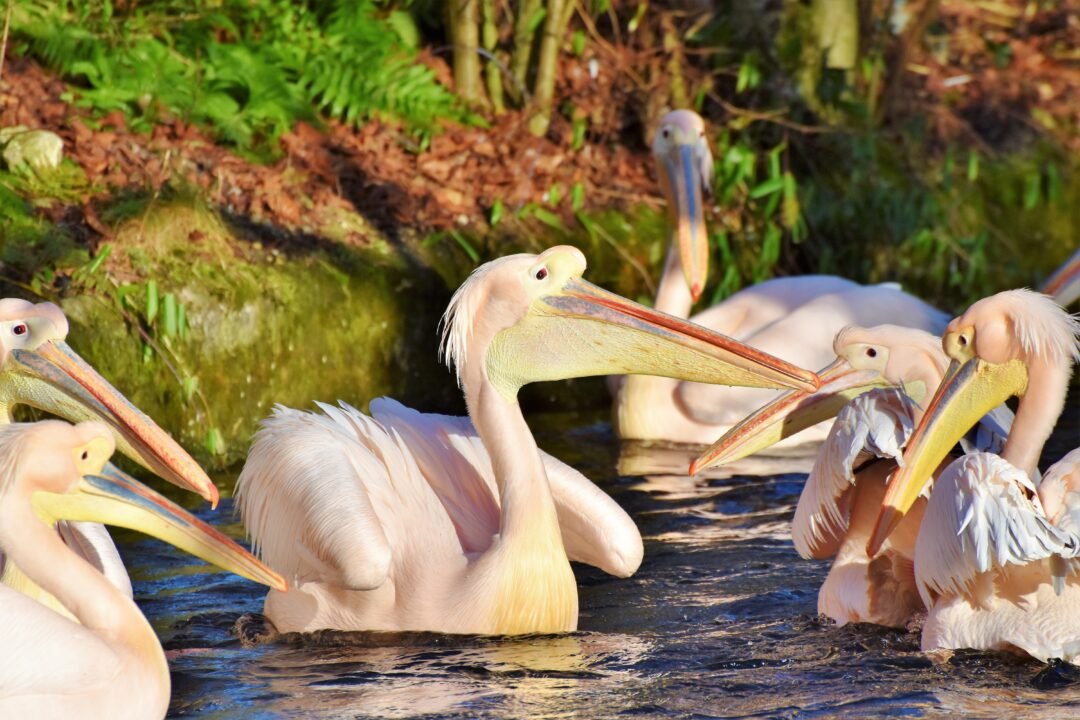
Pelikan Water Bird Pink Pelican (Animals) pelikan,water bird,pink pelican,bill,bird,plumage,animal,zoo
Weighing between 10-15 kg (22-33 lbs), the Dalmatian Pelican is the heaviest bird capable of flight. Despite their bulk, they manage to glide gracefully due to their powerful wings and efficient flight mechanics. This quality is rare among large birds, making them an extraordinary sight in the skies.
- Research Reference: According to The Ornithology of Wetland Birds by G. L. Johnson, Dalmatian Pelicans have one of the highest flight ratios for their body weight, making their flight capability a subject of interest in avian studies.
5. Monogamous and Cooperative Breeding
Dalmatian Pelicans are monogamous, forming long-term pair bonds with a single mate. They engage in cooperative breeding, where both parents contribute to building nests and incubating eggs. Nests are typically constructed on floating platforms made of reeds in shallow waters.
- Research Reference: A detailed study in Bird Study (2010) emphasized the cooperative breeding behavior of Dalmatian Pelicans, noting that both the male and female play an equal role in nurturing and protecting their young, which contributes to their high survival rates.
6. Vulnerable and Endangered Species
The Dalmatian Pelican is classified as “Near Threatened” by the International Union for Conservation of Nature (IUCN). Its population has fluctuated due to habitat loss, fishing competition, and climate change. The species is protected under various international agreements, including the Ramsar Convention and the Convention on Migratory Species (CMS).
- Research Reference: The IUCN Red List (2023) provides an extensive review of the Dalmatian Pelican’s current status, indicating that its population has decreased significantly in the 20th century, largely due to the loss of wetlands and human interference. Efforts to conserve and reintroduce the species have led to slow population recovery in recent decades.
7. Migratory Behavior and Long-Distance Travel
Dalmatian Pelicans are migratory birds, traveling long distances between breeding and wintering grounds. These migrations are often tied to seasonal changes in water levels and fish availability. They travel from breeding colonies in Europe and Asia to wintering grounds in regions with warmer climates.
- Research Reference: Studies published by The Royal Society for the Protection of Birds (RSPB) and BirdLife International have documented the migratory routes of Dalmatian Pelicans, noting their adaptability in responding to climate conditions and resource availability.
8. Ecological Importance in Wetland Ecosystems
Dalmatian Pelicans play a crucial role in the health of wetland ecosystems. By consuming large quantities of fish, they help regulate fish populations and maintain a balance in their environment. They are also considered indicator species, meaning their population and behavior can indicate the overall health of wetland habitats.
- Research Reference: A 2018 report by Wetlands International highlighted the role of Dalmatian Pelicans as a key species in wetland food chains. Their presence often correlates with diverse and healthy ecosystems.
Summary
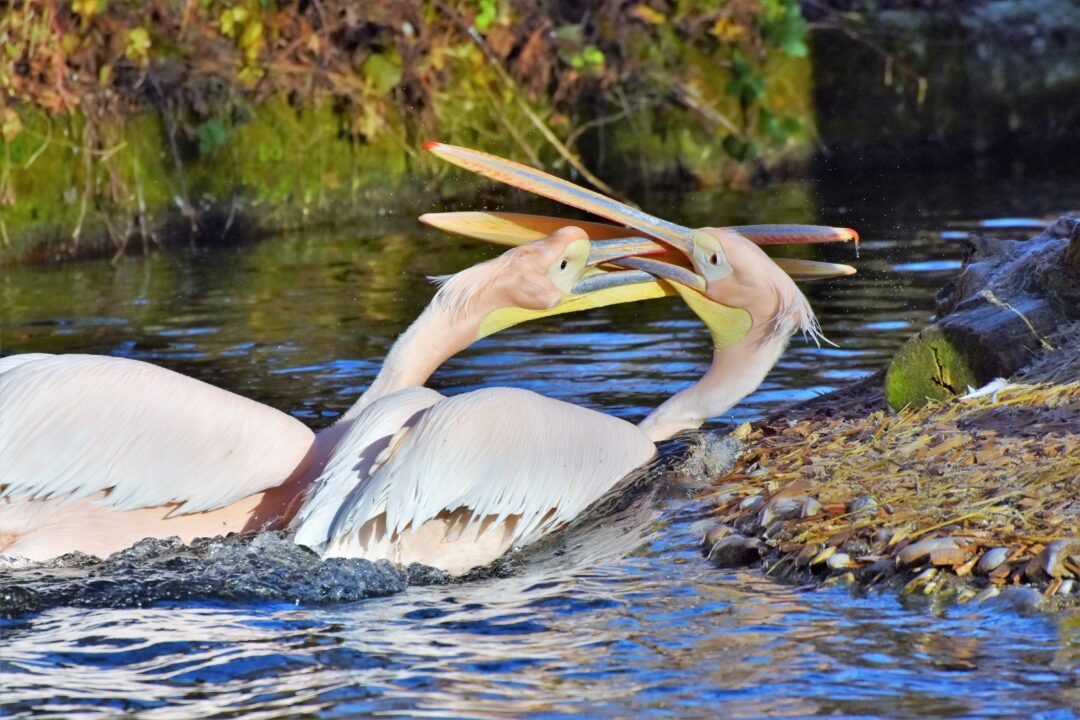
Pelikan Water Bird Pink Pelican (Animals) pelikan,water bird,pink pelican,bill,fight,dispute,bird,plumage,animal
The Dalmatian Pelican is a truly unique bird, renowned for its size, beauty, and ecological importance. Despite facing numerous challenges, its fascinating qualities continue to make it a subject of extensive research and conservation efforts. Protecting this species not only ensures the survival of an incredible bird but also helps preserve the delicate wetland habitats that are crucial for many other species.
References:
- Handbook of the Birds of the World, Volume 1: “Pelicans” (Lynx Edicions, 1992).
- The Journal of Avian Biology (2005).
- The Biology of Wetland Birds by K. A. Shapiro.
- Bird Study, 2010.
- International Union for Conservation of Nature (IUCN) Red List: iucnredlist.org.
- The Royal Society for the Protection of Birds (RSPB) and BirdLife International.
Blog
what is joint custody: Latest
Blog
Best Vacation Spots in the US:

A Guide for Citizens and Visitors
Best Vacation Spots in the US: The United States is a treasure trove of vacation destinations, offering an incredible variety of landscapes, cultures, and experiences. Whether you are a U.S. citizen exploring your own backyard or a traveler from abroad looking to immerse yourself in the American experience, there’s something for everyone. Here are some of the best vacation spots in the U.S. to consider for your next adventure.
1. New York City, New York
For a city that never sleeps, New York is a must-visit destination. Home to iconic landmarks like Times Square, the Statue of Liberty, and Central Park, the city offers a vibrant mix of culture, cuisine, and entertainment. Don’t miss the Broadway shows, world-class museums like the MET, and the bustling neighborhoods like SoHo and Williamsburg.
- Ideal For: Culture enthusiasts, foodies, and urban adventurers.
- Pro Tip: Visit during spring or fall to enjoy pleasant weather and fewer crowds.
2. Grand Canyon, Arizona
This natural wonder is awe-inspiring and a perfect destination for nature lovers. Hike along the South Rim, take a helicopter tour for breathtaking views, or raft down the Colorado River for an unforgettable adventure.
- Ideal For: Outdoor enthusiasts and families.
- Pro Tip: Sunrise and sunset offer the most stunning views.
3. Honolulu, Hawaii
Experience the tropical paradise of Hawaii’s capital city. From the famous Waikiki Beach to the historic Pearl Harbor sites, Honolulu is a blend of relaxation and cultural heritage.
- Ideal For: Beach lovers, surfers, and history buffs.
- Pro Tip: Explore nearby attractions like Diamond Head and Hanauma Bay for snorkeling.
4. Yellowstone National Park, Wyoming/Montana/Idaho
America’s first national park is a wonderland of geysers, hot springs, and diverse wildlife. Old Faithful and the Grand Prismatic Spring are must-sees, but the park also offers incredible hiking and camping opportunities.
- Ideal For: Nature lovers and adventure seekers.
- Pro Tip: Visit during late spring or early fall to avoid the summer crowds.
5. New Orleans, Louisiana
Known for its vibrant culture, jazz music, and Creole cuisine, New Orleans is a city like no other. The French Quarter, Bourbon Street, and Mardi Gras are just the beginning of what this lively city has to offer.
- Ideal For: Music lovers, food enthusiasts, and partygoers.
- Pro Tip: Visit in April for the New Orleans Jazz & Heritage Festival.
6. San Francisco, California
Famous for the Golden Gate Bridge, Alcatraz Island, and its eclectic neighborhoods, San Francisco offers a mix of natural beauty and urban charm. Explore Fisherman’s Wharf, ride the iconic cable cars, and take a day trip to wine country.
- Ideal For: Couples, families, and solo travelers.
- Pro Tip: Bring layers; the weather can change quickly.
7. Orlando, Florida
Orlando is a family-friendly destination that promises fun for all ages. Home to Walt Disney World, Universal Studios, and SeaWorld, it’s the ultimate spot for theme park enthusiasts.
- Ideal For: Families and thrill-seekers.
- Pro Tip: Plan your visit during weekdays to avoid long lines.
8. Las Vegas, Nevada
The entertainment capital of the world, Las Vegas is known for its vibrant nightlife, luxurious resorts, and world-class dining. Beyond the casinos, visitors can explore nearby attractions like the Hoover Dam and Red Rock Canyon.
- Ideal For: Nightlife enthusiasts and luxury travelers.
- Pro Tip: Check out the free shows like the Bellagio Fountains.
9. Charleston, South Carolina
This charming Southern city is known for its historic architecture, cobblestone streets, and warm hospitality. Visit the historic plantations, enjoy a carriage ride, and indulge in delicious Lowcountry cuisine.
- Ideal For: History buffs and couples.
- Pro Tip: Springtime offers beautiful blooms and pleasant weather.
10. Anchorage, Alaska
Best Vacation Spots in the US: For a taste of the wild, Anchorage is the gateway to Alaska’s rugged beauty. Experience glaciers, wildlife, and stunning mountain views. Don’t miss a cruise through the Kenai Fjords or a visit to Denali National Park.
- Ideal For: Adventure seekers and nature lovers.
- Pro Tip: Summer offers extended daylight hours to explore more.
The United States offers a rich tapestry of experiences, making it a top destination for travelers from all walks of life. Whether you’re looking for thrilling adventures, serene landscapes, or cultural immersion, the perfect vacation spot awaits you. Start planning your journey today!
Blog
The History of Google: Global Tech Giant

The History of Google: From a Research Project to a Global Giant
History of Google vision, and adaptability. Here’s a deep dive into the history of Google, its evolution, and its impact on the digital age.
Early Beginnings: The Birth of Google
Google was founded in September 1998 by Larry Page and Sergey Brin, both Stanford University graduate students. The pair met in 1995 when Larry was considering attending Stanford for his PhD and was introduced to Sergey, who was already a student. They began working together on a search engine project as part of Larry’s doctoral thesis.
Initially, the duo worked on a project called BackRub, which used a novel algorithm to rank web pages based on the number and quality of links pointing to them. This was a departure from the keyword-based search algorithms that were common at the time. They quickly realized the potential of this idea, which led to the creation of Google.
The name “Google” is a play on the word “googol,” which refers to the number 1 followed by 100 zeros, symbolizing the founders’ mission to organize an immense amount of information on the web.
The Early Growth: Launch and Expansion
Google’s first public release was in 1998, when it was still in beta and running on the Stanford University servers. The search engine quickly gained popularity due to its cleaner, faster interface and more relevant search results. By 1999, the company moved into a garage in Menlo Park, California, which is often considered Google’s official startup base.
In 2000, Google introduced its AdWords program, which allowed businesses to advertise on Google’s search results. This program became the backbone of Google’s revenue model, allowing the company to scale its operations rapidly.
Becoming a Household Name: IPO and Global Expansion
Google’s exponential growth continued in the early 2000s. The company expanded its range of services, including the introduction of Gmail in 2004, which revolutionized email with its 1GB storage and the use of an innovative conversation-based interface.
In 2004, Google went public, with its Initial Public Offering (IPO) raising nearly $2 billion. The stock price skyrocketed, and Google became a publicly traded company. This marked a pivotal moment in the company’s journey, solidifying its place in Silicon Valley’s elite tech companies.
After the IPO, Google continued to expand by acquiring other companies. In 2006, it acquired YouTube, further broadening its scope to video sharing. Over the next few years, Google acquired several other companies, including Android Inc. in 2005, which led to the development of the Android operating system—a key player in the mobile revolution.
The Google Era: Dominance and Innovation
In the following years, Google expanded into various markets, including cloud computing, hardware, and artificial intelligence. The company launched products like Google Maps, Google Drive, and Google Chrome, which have become central to everyday internet usage.
In 2015, Google reorganized itself under a new parent company called Alphabet Inc., with Google becoming its largest subsidiary. This restructuring allowed the company to focus on its core business while also exploring new ventures, including life sciences and autonomous vehicles through its various “Other Bets.”
Google also made strides in AI and machine learning with products like Google Assistant, Google Translate, and Google Cloud AI. The company’s algorithms are integral to billions of searches, and its AI-based technologies continue to drive innovation in numerous industries.
Controversies and Challenges
While Google’s success is undeniable, the company has also faced numerous controversies. Critics have raised concerns about issues such as privacy, monopoly, and censorship. Google has been involved in various antitrust investigations, particularly in the United States and Europe, over its dominance in the search engine market and its handling of user data.
The Future of Google
As of today, Google is an omnipresent force in the digital world, with products and services that touch nearly every aspect of modern life. The company’s search engine remains the most widely used globally, while innovations in AI, cloud computing, and self-driving technology position it to continue its growth for years to come.
Summary
From its humble beginnings as a university research project to a global technology leader, Google has dramatically transformed the way we interact with information. Its expansion into new markets and innovations in AI, search technology, and cloud services suggest that Google’s journey is far from over.
For further reading, you can refer to these sources:
-

 SEO3 months ago
SEO3 months agoBest website platform for seo: top 5 popular websites, 1-book, 25 Top Free SEO Tools,
-

 Blog5 months ago
Blog5 months agoMaria Taylor’s Husband: Jonathan Lee Hemphill’s Job, Family, and Kids Explained
-

 FASHION2 months ago
FASHION2 months agoOld-Fashioned: Styles Across Generation
-

 SEO3 months ago
SEO3 months agoGoogle Ranking Factors: top 50 factors
-

 TECH2 months ago
TECH2 months agoRadiology Tech: Prices, Features, and Buy
-

 Blog2 months ago
Blog2 months agoSigns of a Healthy Relationship:
-

 YOGA2 months ago
YOGA2 months agoDental Care: Can Increase Your Life Expectancy
-

 SEO3 months ago
SEO3 months agoDoes google business profile posting improve rankings: A Latest Guide to Google Visibility books

